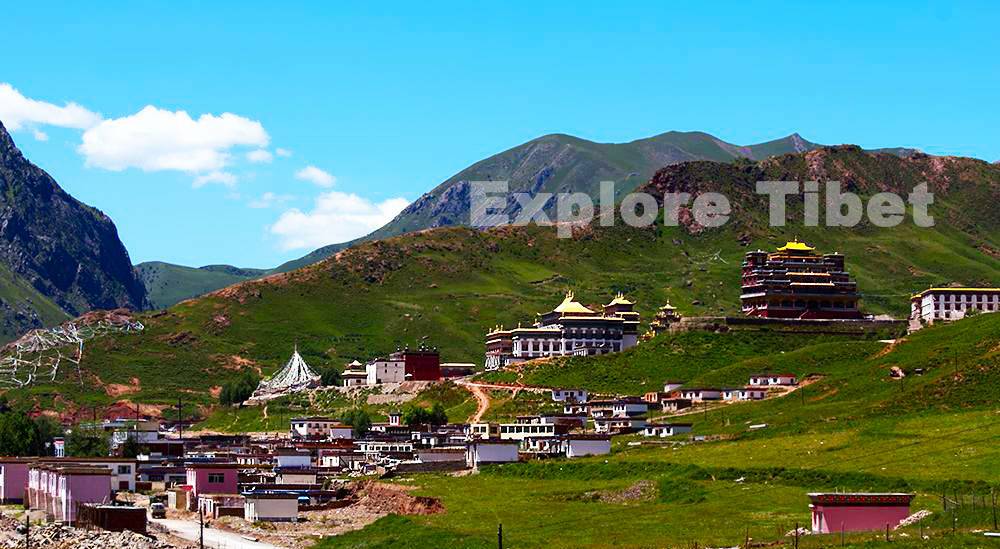
Nangchen is one of 6 counties located in Yushu Tibetan autonomous prefecture in the southernmost Qinghai part of Kham province. It is one best places to travel in Tibet during summer season. The county seat is Xangda, built in a side valley and on the right bank of the Dza Chu (upper reaches of the Mekong). The county name is derived from the former king (Nangchen gal po) and the kingdom of Nangchen, it was highly autonomous. Though Nangchen is remote and underdeveloped, it is one of the most beautiful parts of Tibet and one can see the best preserved Tibetan culture and ancient remaining. Nangchen County covers 11,539 square kilometres and has around 70.000 people. Of the 155 counties of the Tibetan plateau, it has one of the highest percentages of Tibetan people. The Nangchen king historical evolution can be traced back to the mid-12the century. During the reign of the king, Nangchen is the centre of economic culture and the political, therefore left behind rich cultural and historical resources. Surmang is a traditional region of Kham found within modern day Yushu Tibetan autonomous prefecture. Yushu is Tibetan autonomous prefecture commonly known as Yushu is an autonomous prefecture of south-western Qinghai province, China. Largely inhabited by Tibetans, the prefecture has an area of 188,794 square kilometres and its seat is located in the town of Gyegu in Yushu County, which is the place of the Tibetan trademark of Jyekundo. The official source of the Yellow River lies within the prefecture. Historically, the area belongs to the cultural realm of the Kham in eastern Tibet.
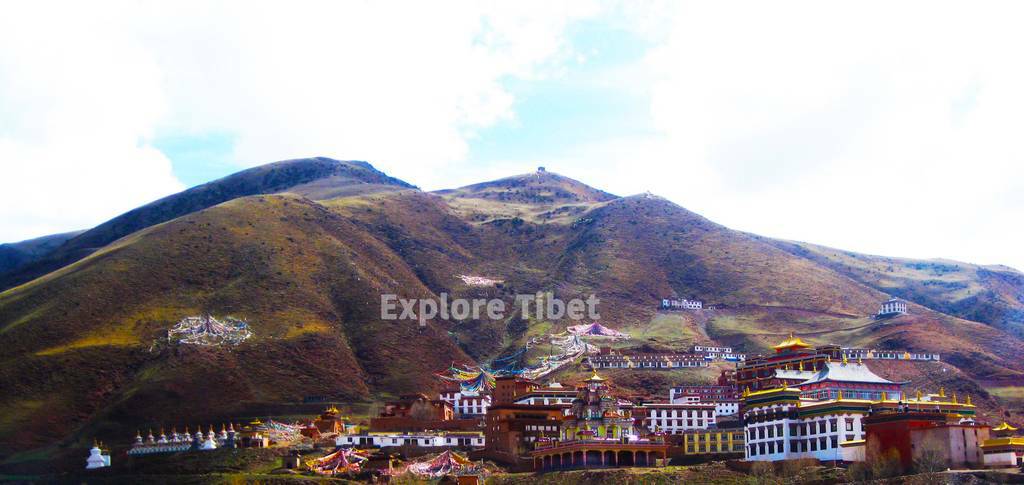
Surmang monastery has divided the size and the village of Surmang is located in southeast Yushu County, Maozhaung in Chinese or Modrong in Tibetan and it is home to the large Surmang Namgyaltse Monastery. The massive Kagyu sect monastery was rebuilt recently and is home to over 500 monks. Another big Surmang monastery is located about 100 kilometres northeast of the county capital of Sharnda. This big Surmang is home to many nomads and semi-nomadic families. Surmang monastery is also called Zurmang monastery (Su Mang in Chinese pronunciation). It is located in a vast alpine nomadic and farming region, historically a duchy under the king of Nangcchen, with vast holding spreading over what is today called as Tibet Autonomous Region and Qinghai province. It’s about 220 km southwest of Yushu County. It is the seat of Trungpa Tulkus, also known as the Surmang Kagyu, is a sub-sect if Karma Kagyu, it even included a unique synthesis of Nyingma teachings. Surmang also refers to a complex of nine or ten Kagyu monasteries in that area, these include Surmang Namgyal Tse, Surmang Dutsi Til, Surmang Do Gompa, Surmang Doka Gompa, and Surmang Kyere Gompa. The lineage held there was known as the Surmang Kagyu is a sub-school of the Karma Kagyu yet it also included the unique taste of Nyingma teachings. They are basically historically lead by the Ghar Teng Trung Sum, namely the Gharwang Tulkus, The Tenga Tulkus and Trungpa Tulkus.
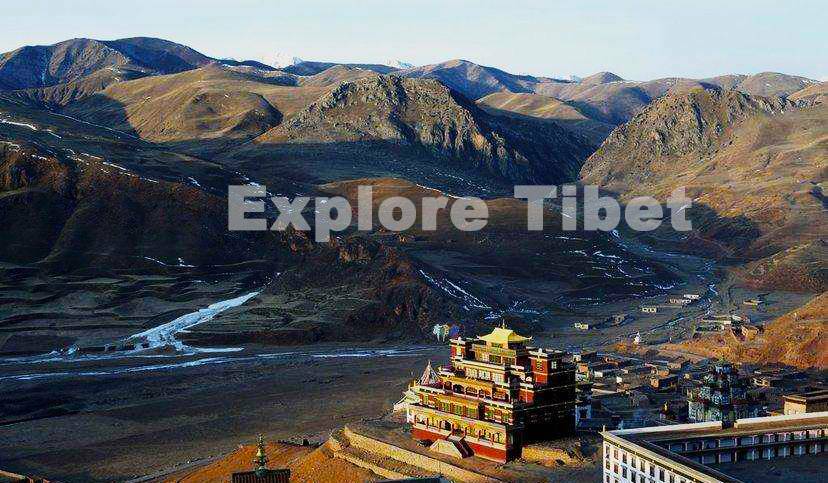
When we traced back to the history Surmang monastery was founded back to 600 years ago by Trungmase, a popular student of Deshin Shekpa, a 5th Gyalwa Karmapa. Surmang is closely connected with the teachings of such remarkable Kagyu teachers such as Naropa, Marpa, Milarepa, Gompopa and Karmapas. The first Trungpa Rinpoche, Kunga Gyaltsen, was a principal student of Trungmase( the first Zurmang Charwang Rinpoche, also well known as Matiratna, or as Lodoe Rinchen, which was given by his Holiness Gyalwa Karmapa). The small Surmang is the home of the Surmang Trungpa Tulkus, the line incarnate Lamas particularly associated with the sub-complex Dudtsi-Til. The Surmang Trungpa Rinpoche was historically the closest students of TRungmase( the first Zurmanf Gharwang Rinpoche), along with eight Tongdens ( other close students of the founder of the Surmang group). Zurmang Gharwang Rinpoche, Zurmang Tenga Rinpoche and Zurmang Trunpa Rinpoche are together considered as the three pillars of the Surmang. In Tibetan, they are called as Ghar Teng Trung Sum.
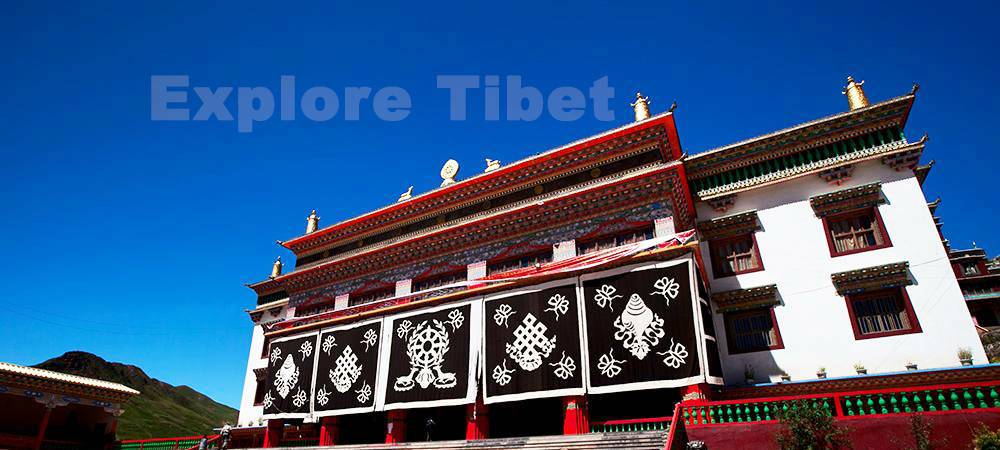
In the history, it claimed that Chogyam Trungpa Rinpoche asserts that Trungmase did not take rebirth and that the Trung[as Tulkus were thereafter traditionally supreme abbots of all of the Surmang. However, Trungmase is said to have reincarnated and his line of Tulkus is known as the Ghwarwang Tulkus. The Gharwang Tulkus have traditionally been the abbots of the main Surmang Monastery, Namgyal-Tsel, and his role leads the Kagyu tradition. In 1976, His Holiness the 16th Gyalwa Karmapa has enthroned the 12th Zurmang Gharwang Rinpoche as the 12th incarnation of Trungmase and an emanation of Tilopa. Surmang monasteries are largely destroyed during the Cultural Revolution. In the recent years, Namgyal Tse has been restored under the leadership of the 12th Zurmang Gharwang Rinpoche. Dutsi Til monastery is being slowly re-established under the leadership of Sakyong Mipham Rinpoche, the spiritual leader of Shambhala Buddhism and son of Chogyam Trunpa, the 11th Surmang Trungpa. Due to the unfortunate earthquake that happened in Yushu in 2010 made it necessary to rebuild the ancient assembly hall, all of those costs have been borne exclusively by local support. The monastery, local business communities and Yushu government also supported. The present regent abbot of Dutsi-Til is Aten Rinpoche. The main head of the monastery is Choeseng Trungpa Rinpoche, the 12th incarnation of Trungpa Tulku.The three famous Tulkus from the Zurmang are well known by the name GharTengTrungSum( Gharwang, Tenga, Trunpa Rinpoche). Zurmang Gharwang Rinpoche II and Zurmang Tenga Rinpoche II are said to be the grandson of TrungMase or Matiratna (he was the first Zurmang Gharwang Rinpoche).
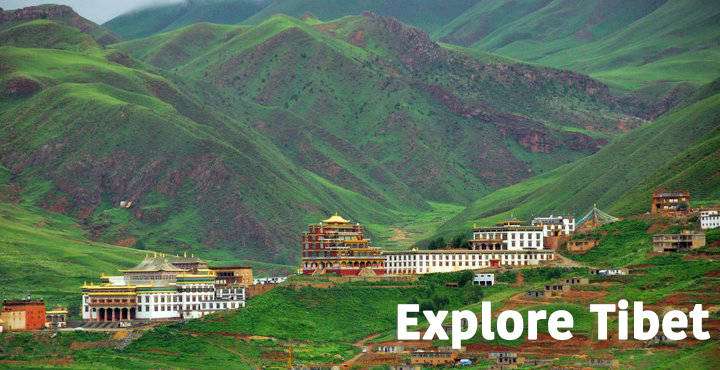
There is Surmang Foundation which works for the welfare of the people. This foundation was founded or established in 1988 by Lee Weingrad. He went for a trip in the region in 1987 making him the first westerner to visit the region. In the year 1991, the foundation went into partnership with the Dutsi Til Monastery and the Qinghai provincial government which in result construction of the clinic. Since 1991 the foundation provides community development and health services in the regions, including support for monks, nuns and visitors to facilitate at the retreat centre of Dorje Khyung Dzong. Although Surmang has its own particular sets of teachings and teachers, Surmang has had historically close ties to numerous other monasteries of Nyingma and Sakya, as well as Kagyu schools and their teacher and practice traditions.This complex interweaving of dharma heritages is now the inheritance of the 12th Trungpa Chokyi Senge.
If you want more information on Nangchen Surmang Monastery or planning to visit Nangchen, Kham. Please feel free to write us at [email protected].
